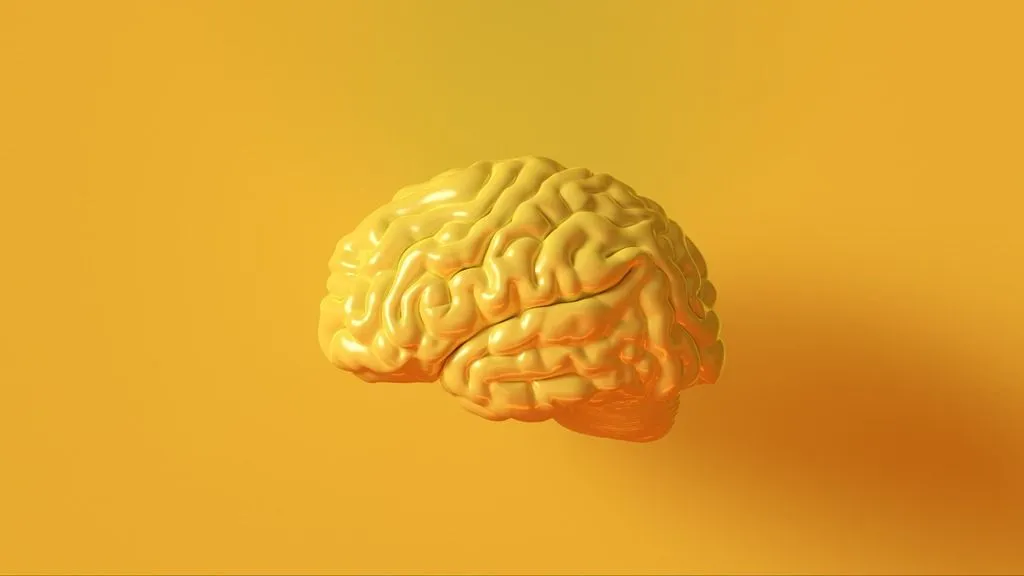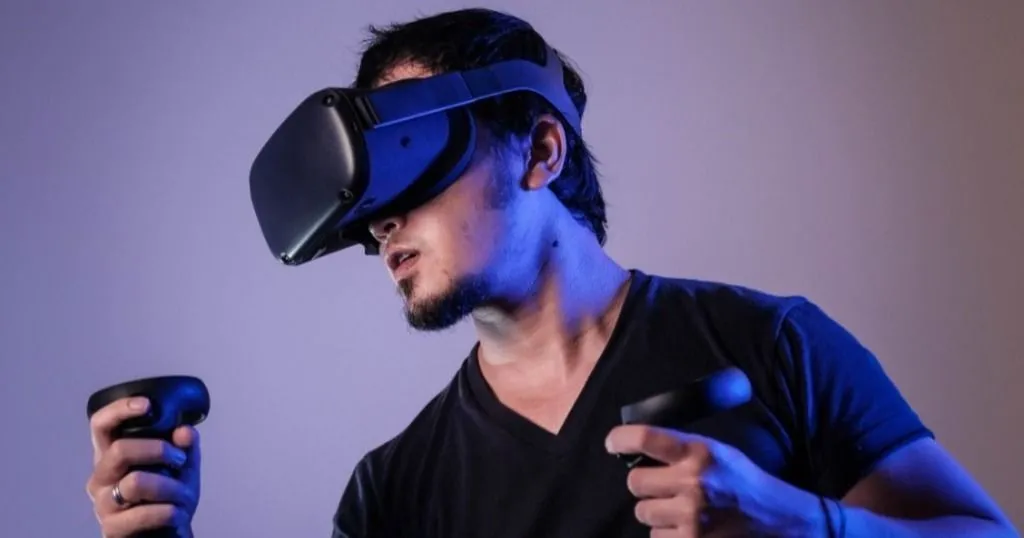Cognitive neuroscience: the basics
What is cognitive neuroscience? As my professor once said, it is the overlapping science of the ‘dry and the wet’ part of the brain.
Posted by
Published on
Mon 17 Jun. 2019
Topics
| Brain Research | Cognitive Neuroscience | ECG | EEG | Neuromarketing |

What is cognitive neuroscience? As my professor once said, it is the overlapping science of the ‘dry and the wet’ part of the brain: where dry stands for the cognitive part, or the study of the mind, emotions, and senses, and where wet stands for the slippery organ consisting of different lobes that is called the brain.
This combination of different scientific disciplines tries to explain the connection between neural activities in the brain and mental processes, in order to find answers to the questions of how neural circuits in the brain affect cognition.
Cognitive neuroscience: the basics
This blog series addresses the interplay between the brain, behavior, and emotions, in the field of cognitive neuroscience. This blog post addresses the first subject: the brain.
Functional specialization: Phineas Gage
The frontal lobes are engaged in almost all aspects of human cognitive function. However, what happens when you damage a part of the frontal lobe? You may have heard the story of Phineas Gage, who got an iron bar shot into his skull and frontal brain.

He survived this accident, but did not recover as the ‘old Phineas.’ Although he was still able to work, as his intellect and memory were intact, he became repulsive in his behavior.
According to Harlow, who treated Gage, he became impatient, irreverent, and gross. He became very rude and started drinking too much. His consciousness was impaired; he did not know that his behavior was socially impulsive.
The case of Phineas Gage is often seen as the start of the modern cognitive neuroscience, as it shows that different parts of the brain do different things, and that damage to a specific part of the brain can result in specific impairments. This key principle is called functional specialization.
The damaged part of Phineas’ brain was in the orbitofrontal cortex, which gives context to our emotional drives. As a result, he no longer got the bad feeling you get when you do something bad or unwanted, which helps to explain the change in his behavior.
Triune brain
Let’s dig deeper into the brain itself, more specifically: the triune brain. As proposed by the neuroscientist MacLean, our brain consists of three layers. The eldest part, the reptilian brain, is responsible for our instincts. It basically keeps us alive. The second layer is the mammalian brain, a limbic system that senses danger, makes us have emotions, and makes sure we go looking for food.
The final layer is what makes us human – the neocortex, or neomammalian brain. It contains our cognitive, linguistic, motor, sensory, and social abilities.

The key principle is that these layers are hierarchical. This is a good thing, because this is the reason why we are not conscious of most of the things the brain is doing. Could you imagine having to think about taking a breath or beating your heart? Gladly, we don’t have to!
The lower centers, the brain stem and limbic systems, are doing many things underneath your consciousness. Again, the main goal is to keep you alive. Your cortex is solely notified when you need to take action.
How to measure brain activities
The brain is activated when we are engaged in solving a task, thinking, speaking, etc. Brain evidence can help resolve issues that psychologists have wrestled with for a long time. How can we measure brain activities? Unfortunately, no device is yet able to record both spatial and temporal resolution at the same time.

If you would like to measure where in the brain something is happening, fMRI and PET systems show high spatial resolution. These systems show increases or decreases in the BOLD (blood oxygenation level) signals, indicating that the brain is more active in some regions than others.
If you would rather know when something is happening in the brain, you could consider using EEG or MEG. For example, EEG uses electrodes to detect brain waves, indicating direct activity of the brain. Which method you use is dependent on the type of research you perform.
Neuromarketing research
Researchers typically combine brain and behavioral observations. They can present visual images on a screen and have the subject read aloud, while looking at their brain activity. For example, in neuromarketing research, the subject could be watching an ad or commercial while their brain activity is measured. This will give marketers insights into the effectiveness of their commercial.
Studying the brain activities of an injured brain, like this blog post about hemineglect, tells us more about the brain and how dysfunctionalities influence behaviors.
The emotional brain
The frontal lobes of the brain are engaged in almost all aspects of human cognitive function. Our emotions are strongly coupled with the brain systems underlying human cognitive functions.
What brain areas are involved in emotions, and how do we measure them? You can read all about it in the next blog post. Or learn more about how emotions are made in this previous blog post.
Don’t want to miss new blog posts? Stay posted and subscribe now! You will receive updates of new blog posts every month.
Reference
Baars, B. J., & Gage, N. M. (2010). Cognition, brain, and consciousness: Introduction to cognitive neuroscience. Burlington, MA: Academic Press/Elsevier.
Related Posts

Neuromarketing research: Innovative research methods and techniques

The science behind your emotions

